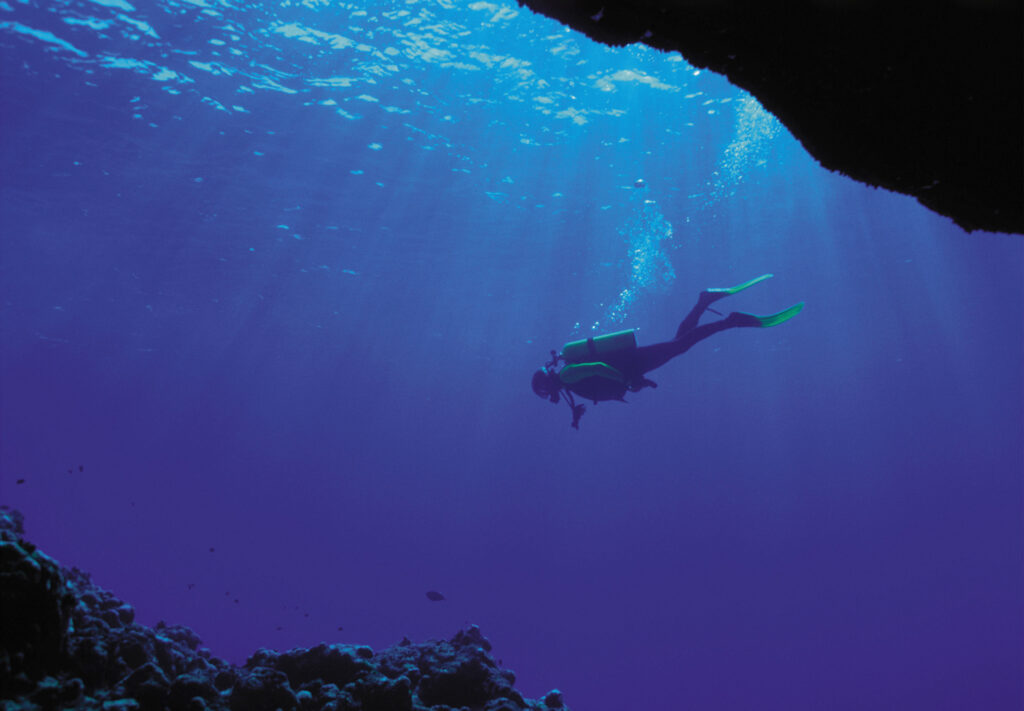What is Scuba Diving?

Scuba diving is a recreational and professional activity where individuals explore underwater environments using self-contained underwater breathing apparatus (SCUBA) equipment. This equipment allows divers to stay underwater for extended periods, enabling them to experience marine life, shipwrecks, caves, and other submerged wonders. The ability to explore these otherwise inaccessible areas has made scuba diving a popular pursuit for adventure enthusiasts, marine biologists, and professional divers alike. Since its modern development in the 20th century, scuba diving has attracted millions of people globally, offering a unique blend of excitement, discovery, and tranquility beneath the waves.
What is a Scuba Diving Hood?

A scuba diving hood is a critical component of diving gear, designed to protect divers’ heads from the cold and various underwater hazards. It plays a crucial role in maintaining body temperature during dives in colder waters, thereby enhancing the overall diving experience and safety. Typically made from neoprene or other insulating materials, the hood covers the head and neck, leaving the face exposed or partially covered. Its primary function is thermal insulation, but it also provides some protection against marine life and minor abrasions.
What is a Full Foot Fin?

A full foot fin is a type of swim fin commonly used in scuba diving and snorkeling. This design covers the entire foot, providing a snug fit akin to wearing a shoe. Unlike open heel fins, which require additional footwear like neoprene boots, full foot fins are worn barefoot or with thin neoprene socks. They are especially popular for warm water diving and activities where divers need agility and speed in the water. Full foot fins are valued for their streamlined design, which offers less drag and more efficient energy transfer from the legs to the fins, enhancing propulsion and maneuverability underwater.
What is a Lift Bag?

A lift bag is an essential piece of equipment in scuba diving, designed to assist divers in lifting heavy objects from the underwater environment to the surface. These devices use the principle of buoyancy to generate upward force, making it possible to transport items that would otherwise be too cumbersome or heavy to handle manually. Lift bags are commonly employed in various underwater tasks, from salvage operations and marine construction to scientific research. They play a crucial role in ensuring the safety and efficiency of these activities, providing divers with a reliable means to manage and move objects underwater.
What is Pressure?

Pressure is a fundamental concept in physics, defined as the force exerted per unit area. In the context of scuba diving, understanding pressure and its effects is crucial for safety and efficiency. Pressure plays a pivotal role in determining how divers experience the underwater environment, affecting everything from breathing to buoyancy. As divers descend into the water, the pressure increases, impacting both their equipment and bodies in significant ways. This article will discuss the principles of pressure, its effects on the human body, the health risks associated with changes in pressure, techniques for managing these changes, and the equipment designed to withstand them.
What Are Open Heel Fins?

Open heel fins are a type of swimming fin used primarily in scuba diving. They are designed with an open area at the heel, which is secured with an adjustable strap. This design contrasts with closed heel fins, which fully enclose the foot like a shoe. The open heel configuration allows for a more flexible fit, making them ideal for use with neoprene boots, which provide thermal protection and additional comfort. The ability to adjust the fit is particularly beneficial for divers who need to accommodate varying thicknesses of dive boots or who require a custom fit for optimal performance and comfort.
What is Weight in Scuba Diving?

Weight is a fundamental concept in scuba diving, playing a crucial role in a diver’s ability to achieve neutral buoyancy and maintain control underwater. In the context of scuba diving, weight refers to the additional mass that divers carry to counteract the buoyancy of their bodies and equipment. Proper weighting is essential for divers to descend, ascend, and maintain depth with ease, ensuring a safe and enjoyable underwater experience. This article delves into the physics of weight in water, the types of weights used, how to calculate the required weight, and the importance of weight placement and safety considerations.
What is a Whip?

In the context of scuba diving, a whip refers to a flexible hose or tube used to transfer high-pressure air or other gases from one source to another. Whips are integral to diving operations, facilitating the safe and efficient management of breathing gases. These hoses connect various pieces of diving equipment, such as air tanks, regulators, and buoyancy control devices (BCDs), ensuring divers have a reliable supply of air while underwater. Understanding the role and functionality of whips is crucial for maintaining safety and performance during scuba diving activities.
What is Neoprene?

Neoprene, a type of synthetic rubber, has become integral to many industries due to its unique properties, especially in scuba diving gear. Originally developed by DuPont in the 1930s, neoprene’s chemical stability and flexibility made it an ideal material for a wide range of applications. In scuba diving, neoprene is predominantly used in the manufacture of wetsuits, providing thermal insulation, buoyancy, and protection against the underwater environment. Its adoption revolutionized diving by significantly enhancing diver comfort and safety. This article delves into the historical development, properties, manufacturing process, applications in scuba diving, maintenance and care, and environmental impact of neoprene.
What is Farmer John Wetsuit / Farmer Jane Wetsuit?

What is Farmer John Wetsuit / Farmer Jane Wetsuits? A Farmer John or Jane wetsuit is a type of two-piece diving suit with a distinctive design. Known for their versatility and adaptability, these suits are a staple in the diving community for the unique protection and comfort they offer. They derive their names from the […]
